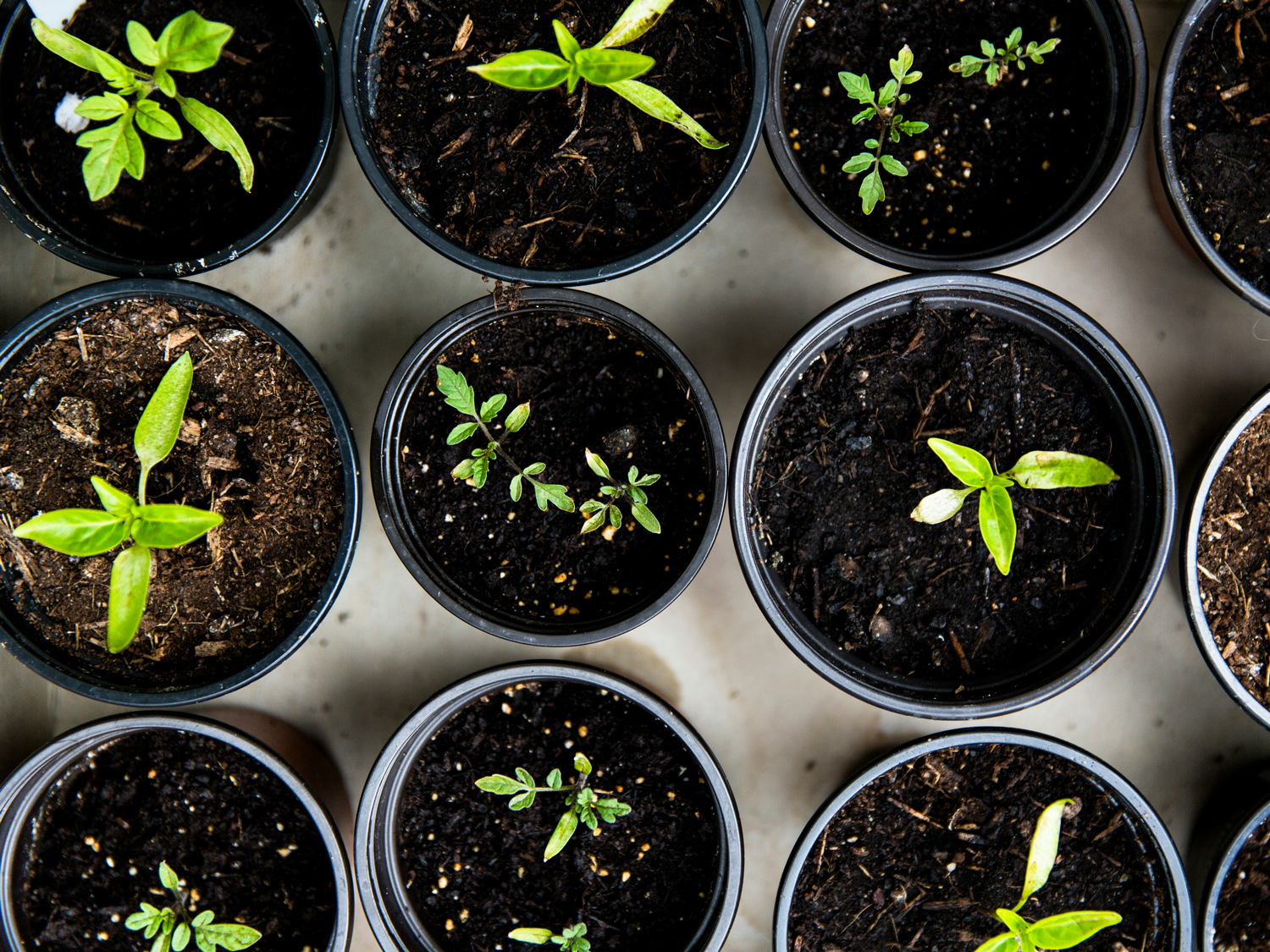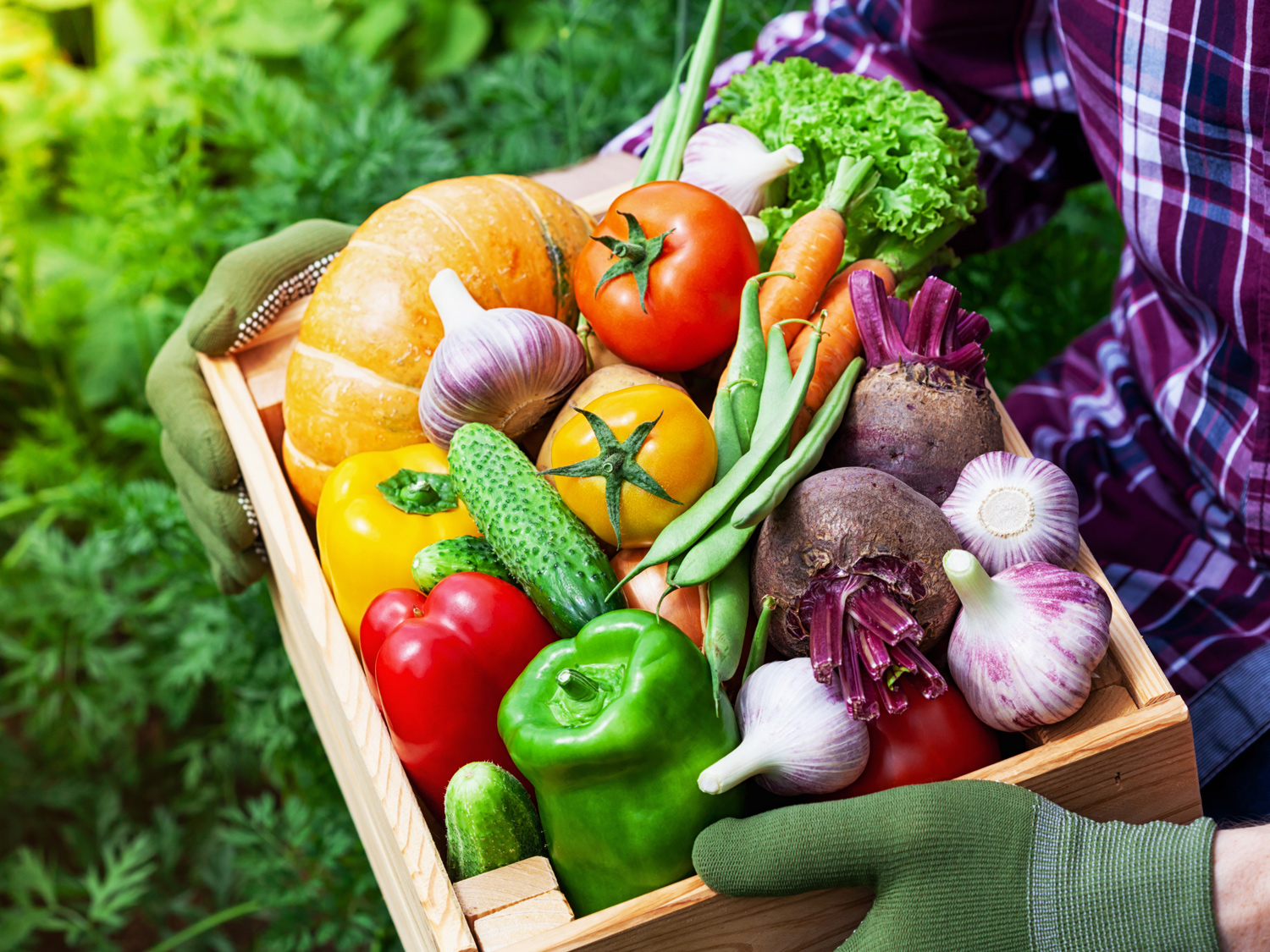Convolvulus, Bush Morning Glory, Heirloom Blue Ensign, ~ 100 seeds

Out of stock
Availability updated dailyDescription
Convolvulus tricolor
Annual
Summer/fall bloom
Frost Tender
A bee & hummingbird favorite!
Your garden will set full sail with the intensely colored 2-inch trumpets of this true bush morning glory. Royal Blue Ensign grows easily and blooms hard to fill beds and borders with a profusion of vivid nautical blue flowers with contrasting white throats splashed with sunny yellow centers. The cheerful flowers with their crisp striking colors above lushly mounding foliage provide a long summer season of pure pleasure in any sunny location.
Seed Starting Successfully
Start your garden from scratch with Gertens' wide variety of seed packets! Whether you're a seasoned gardener or just starting out, we have seeds for every skill level and garden size. From colorful flowers to delicious vegetables, our seeds are carefully selected for their quality and performance.
Details
Plant In: March - June
Sun/Shade: Full sun
Planting Depth: 1/2 inch
Space Seeds: 2 inches
Days to Germinate: 7 - 10 days
Mature Height: 12 - 18 inches
TO PLANT OUTDOORS
Sow seeds 2 inches apart in a well-worked garden bed in full sun once danger of spring frost is past. Cover with 1/2 inch of fine soil and keep seed bed moist while awaiting germination. Keep seedlings well weeded and watered.
TO START EARLY INDOORS
Sow seeds 2 inches apart in a container of seed starting mix, 4 to 6 weeks before last expected frost. Cover 1/2 inch deep, keep moist and provide a good light source until seedlings are ready to plant outside. Transplant once weather warms up after gradually acclimating seedlings to outdoor conditions.
THIN OR TRANSPLANT
Space seedlings 6 to 8 inches apart when seedlings are large enough to handle.
GROWING NOTES
Royal Blue Ensign morning glories’ low bush plant habit is convenient and versatile. Grow them in beds or borders, or showcase their glowing color in planters where the striking deep blue will set off the warm yellows and oranges of Ladybird cosmos, dwarf marigolds, or zinnias. If plants get rangy in midsummer, trim them back halfway for another long flush of bloom.
More Information
| Brand | Renee's Garden |
|---|


